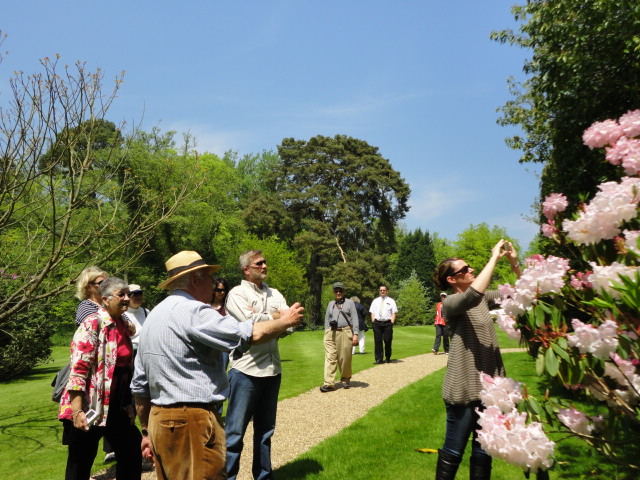
Lowther Castle & Gardens
Built at the turn of the 19th century on the site of two previous houses, Lowther Castle was a grand affair boasting a room for every day of the year. Its gardens were the envy of the north. But in 1957 the castle was demolished. Just the façade and outer walls remained standing and, for over half a century, the place was empty – home only to chickens, pigs and the odd bat. The gardens were lost to wilderness.
Lowther Estate has been the seat of the Lowther family since the 11th century. Rights to own the estate and hunt the land were granted to the Lowthers during the reign of Edward I. Lowther Castle itself was commissioned by the Earl of Lonsdale in 1806 from the architect Robert Smirke.
Over the next century, the castle was host to the great and the good of the kingdom. Thanks to generous revenues from land, forestry and coal, art collections were built up and by the time the 5th Earl of Lonsdale – the ‘Yellow Earl’ – came to inherit, Lowther enjoyed a splendid reputation not just in England but beyond. But the fortune was squandered and in 1936 the castle was closed for good. During WWII the castle was home to a number of tank regiments. By 1953, the castle was dilapidated and the 7th Earl decided to remove the roof and allow the house to decay.
Happily in 2008, a 20-year masterplan was drawn up and new life has been brought to the ruins of Lowther. An ambitious planting project was undertaken by James Lowther and a team of garden restoration specialists, including the designer Dan Pearson. The parterre, ‘garden-in-the-ruins’, and rose garden are now established, the Japanese gardens and rock garden are under restoration, and there are plans to extend the planting further into the ruin.

 Passionate about beautiful gardens? Experience the finest gardens on one of our small and friendly group tours.
Passionate about beautiful gardens? Experience the finest gardens on one of our small and friendly group tours.
 Ready to book?
Ready to book? 
